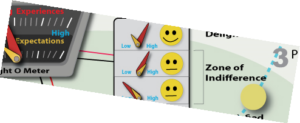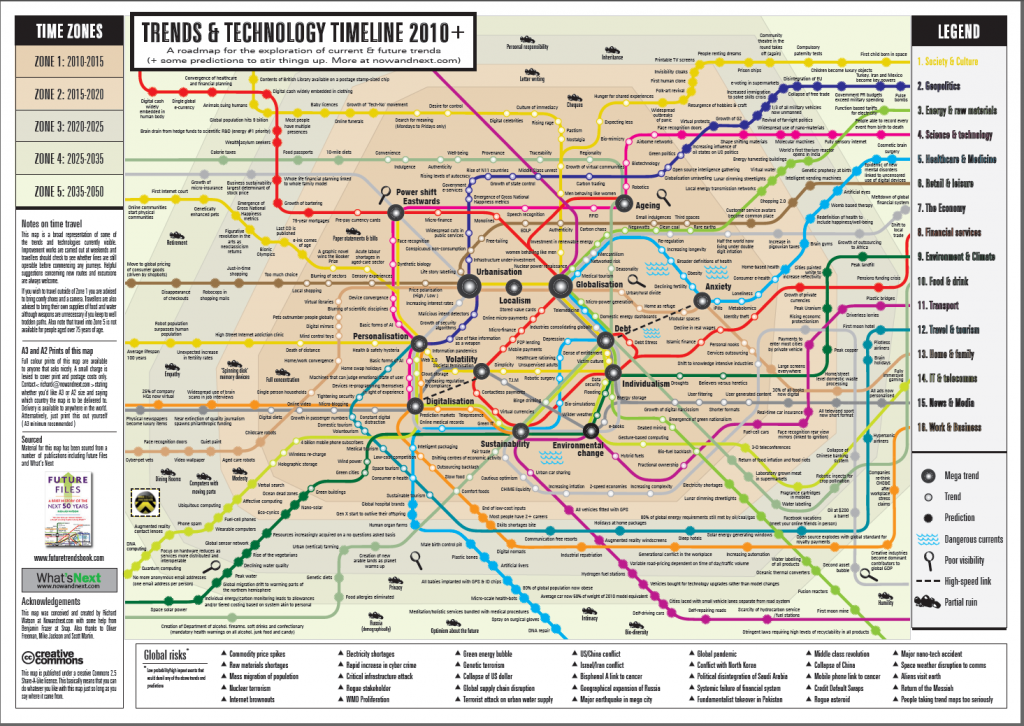 Imagine you’re having a lovely family dinner outside and your 11 year old daughter suddenly says, “We should throw a surprise birthday party for Grandma.” Seems like a good enough idea, right? As a parent, would you shut her down? Would you ask her to prove that the idea is worthwhile? Would she have to go through proper channels? Would her bosses’ boss have to present it at the semiannual gathering of spirit crushers? What if Grandma had a stroke or required emergency treatment? Same channels, same chain of command, same response? Do you treat an emergency message from grandma differently than a suggestion from your daughter?
Imagine you’re having a lovely family dinner outside and your 11 year old daughter suddenly says, “We should throw a surprise birthday party for Grandma.” Seems like a good enough idea, right? As a parent, would you shut her down? Would you ask her to prove that the idea is worthwhile? Would she have to go through proper channels? Would her bosses’ boss have to present it at the semiannual gathering of spirit crushers? What if Grandma had a stroke or required emergency treatment? Same channels, same chain of command, same response? Do you treat an emergency message from grandma differently than a suggestion from your daughter?
If this is sounding a bit like life within your organization then it is time for some changes.
First, ideas can come from anywhere, even an 11-year-old. Get used to it, enable it. Don’t fight it, you’ll lose. They’ll eventually outlive you and then they will be dancing on your grave.
Secondly, democratize ideas in your organization. Keep them moving forward and remove obstacles. You are not the idea police. If you have a police force mentality in your organization then ask yourself why is that. Are the people not trustworthy? Not smart enough? I suspect if you get out of the way, more than you get in the way, more magic will happen inside your organization. Start by establishing an idea PlayGround. Then let conversations organically happen around those ideas. Encourage others to take risks, run experiments and embrace others ideas.
Lastly, get clear on who is the who. Exactly who you are trying to make happy? Is it the equivalent of your daughter or Grandma or the cake maker or the grocery store or somebody else? Get crystal clear on the who that you serve and the who that serves them. Make both of them happy and the organization will be better able to sing along together. And that will be a celebration worth having.
Want to know more about creating happier customers and healthier organizations? Read The Experience Design BLUEPRINT. See a book summary. Read the book reviews on Amazon. Read The Experience Design Blueprint on Kindle or any device using the free Kindle Reader application or read the full color print edition. Already read it? Please connect and let me know.
About the Author
Gregory Olson is a consultant, speaker, and author of The Experience Design BLUEPRINT: Recipes for Creating Happier Customers and Healthier Organizations.
Connect with Greg on Linkedin, Facebook, or Twitter.
Exercises and mental models in the book will build your confidence and competence in envisioning better possibilities and then making them come true, whether you are working alone or alongside a team.


































 Everything has changed, but you’re still executing on the old strategy? Chances are you’ve been too busy to re-examine your strategy, let alone change course. Like most organizations you’ve completed your annual planning and you’re on cruise control –Set it and Forget. Of course, you’ll revisit the strategy in next year’s annual planning session. But what happens when you’re cruising down the road and a competitor, customer, partner, or legislation throws the proverbial monkey wrench in your spokes. Right – your organization will react to it when you encounter that problem. If that is what you believe, then you’ve fallen into the trap. That’s the thing, you can only react to those things you are aware of. Most things that erode your business are more subtle than the abrupt, spoke shearing monkey wrench. Think of a hidden killer like pancreatic cancer. You don’t have years of leading indicators. When it is too late, it is sadly, too late.
Everything has changed, but you’re still executing on the old strategy? Chances are you’ve been too busy to re-examine your strategy, let alone change course. Like most organizations you’ve completed your annual planning and you’re on cruise control –Set it and Forget. Of course, you’ll revisit the strategy in next year’s annual planning session. But what happens when you’re cruising down the road and a competitor, customer, partner, or legislation throws the proverbial monkey wrench in your spokes. Right – your organization will react to it when you encounter that problem. If that is what you believe, then you’ve fallen into the trap. That’s the thing, you can only react to those things you are aware of. Most things that erode your business are more subtle than the abrupt, spoke shearing monkey wrench. Think of a hidden killer like pancreatic cancer. You don’t have years of leading indicators. When it is too late, it is sadly, too late.